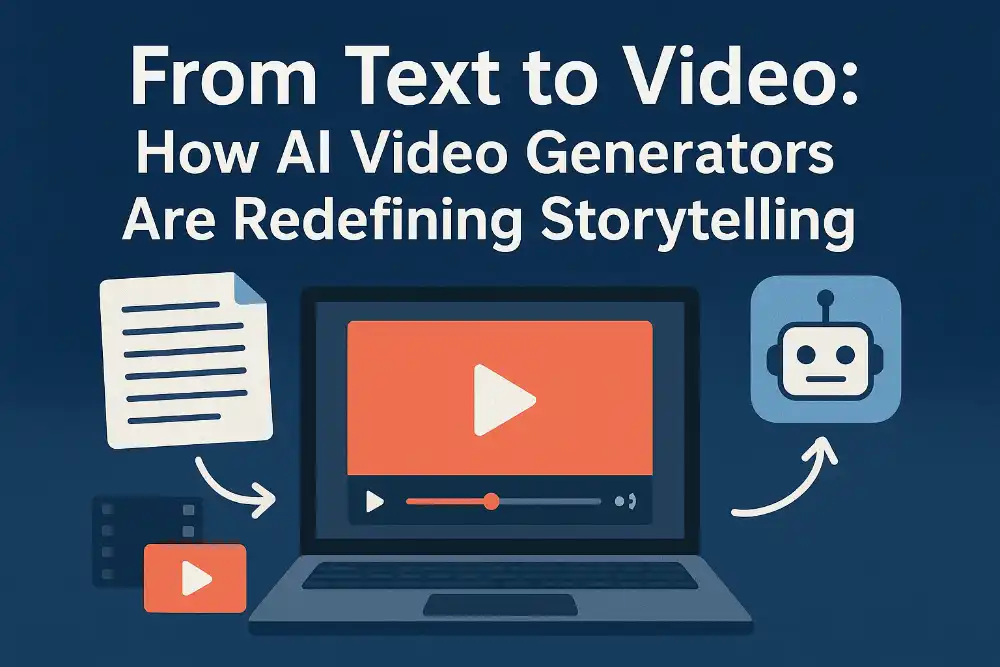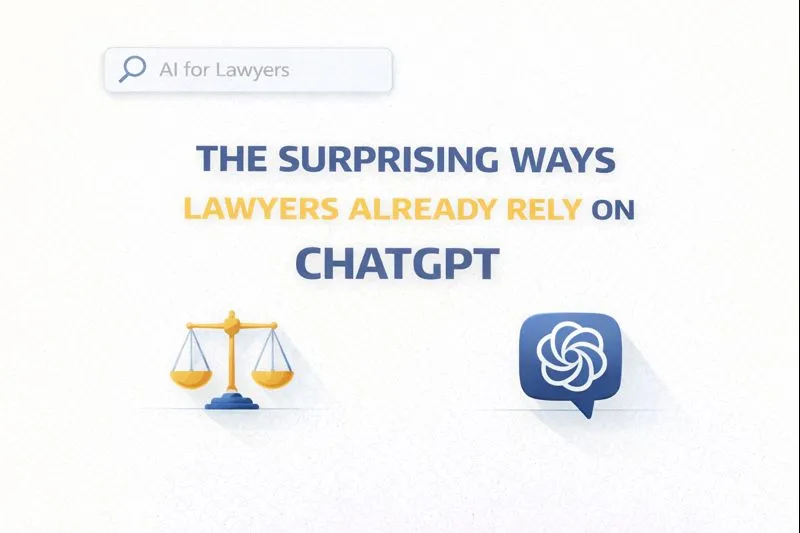What is the Conversion Paths Report? A Guide to Smarter Attribution
Ever wonder how users really end up converting on your website? Spoiler alert: it's rarely a one-click journey. That’s where the Conversion Paths Report in Google Analytics (and GA4) becomes incredibly valuable. It gives you a behind-the-scenes look at the full customer journey — not just the final click that got the credit. In this article, we’ll break down what the conversion paths report is, why it matters, and how you can use it to optimize your marketing strategy.
What is the Conversion Paths Report?
The conversion paths report shows the sequence of touchpoints (like organic search, email, social media, paid ads, etc.) that users interact with before completing a conversion on your site. Instead of giving 100% credit to the last click (as traditional models do), this report reveals all the steps users took — offering a more accurate view of your marketing funnel.
Why is the Conversion Paths Report Important?
Here’s what makes this report a game-changer for marketers:
- 🎯 See the full customer journey – Understand how different channels work together to drive conversions.
- 📊 Better allocate your budget – Stop overvaluing last-click sources and give credit where it’s due.
- 🔍 Identify underappreciated channels – Some touchpoints (like YouTube or email) may not get the conversion but play a crucial role in nurturing the lead.
- 🤝 Support smarter attribution modeling – Combine with tools like data-driven attribution for a holistic view.
Where to Find the Conversion Paths Report
If you're using Google Analytics 4 (GA4):
- Go to Advertising in the left-hand menu.
- Click on Conversion Paths under “Attribution.”
- Use filters to analyze conversions by channel, medium, source, or campaign.
In Universal Analytics (if still using it):
- Go to Conversions > Multi-Channel Funnels > Top Conversion Paths.
What the Report Tells You
The report typically includes:
- Path Length: How many interactions happened before conversion.
- Touchpoint Order: The sequence (e.g., Organic Search > Paid Search > Direct).
- Time Lag: How long it took for a user to convert from their first interaction.
- Assisting Channels: Channels that helped lead to the conversion but weren’t the last interaction.
How to Use the Conversion Paths Report
Here are some practical ways to put this data to work:
🔁 1. Rethink Your Attribution Model
Use what you learn from conversion paths to move beyond last-click attribution. Consider data-driven or position-based models that more fairly distribute credit.
💡 2. Spot Hidden MVPs
Maybe your email campaigns aren’t converting directly—but they consistently appear early in conversion paths. That means they’re doing important nurturing work.
🎯 3. Optimize Campaign Sequences
Seeing patterns? If users often come from social → search → direct, think about tailoring content and retargeting at each of those stages.
📉 4. Identify Drop-Offs
If certain paths lead nowhere, dig deeper. Is your landing page too slow? Is the offer unclear? This insight helps you plug the leaks.
Final Thoughts
The Conversion Paths Report is one of the most insightful (and underrated) tools in Google Analytics. By showing you the full story behind your conversions, it helps you make smarter marketing decisions based on real user behavior — not just assumptions. If you’re only looking at last-click conversions, you’re missing the bigger picture. Dive into your conversion paths, and you might just discover what’s really moving the needle.





